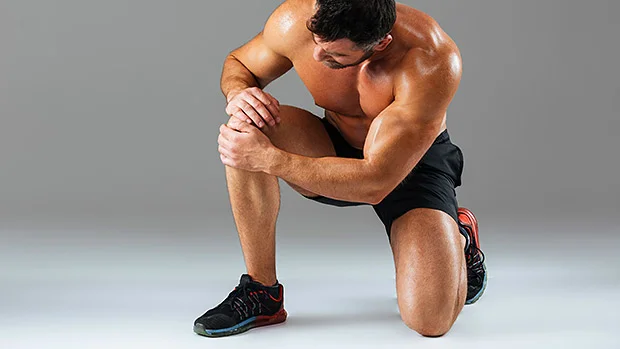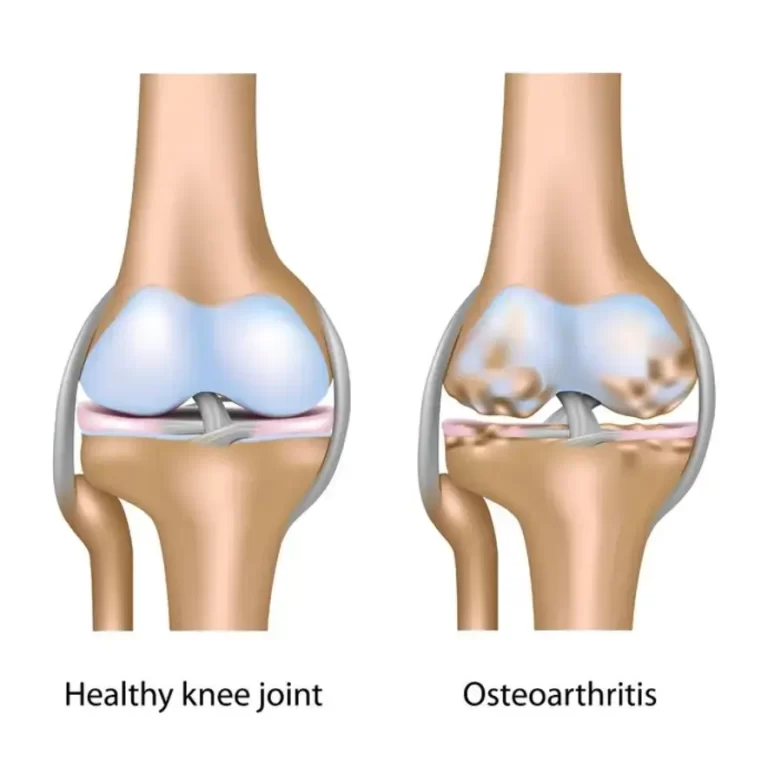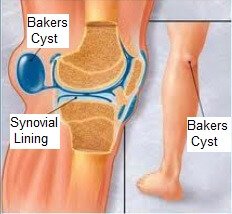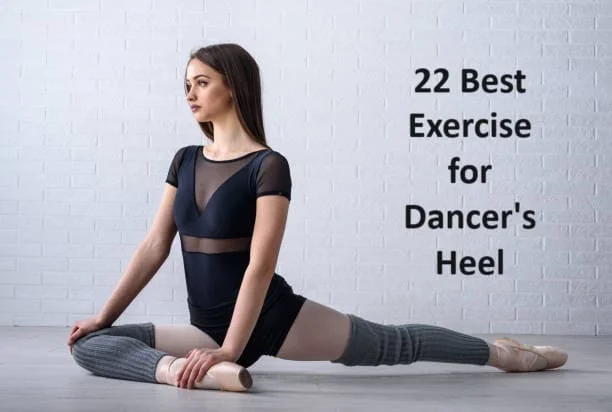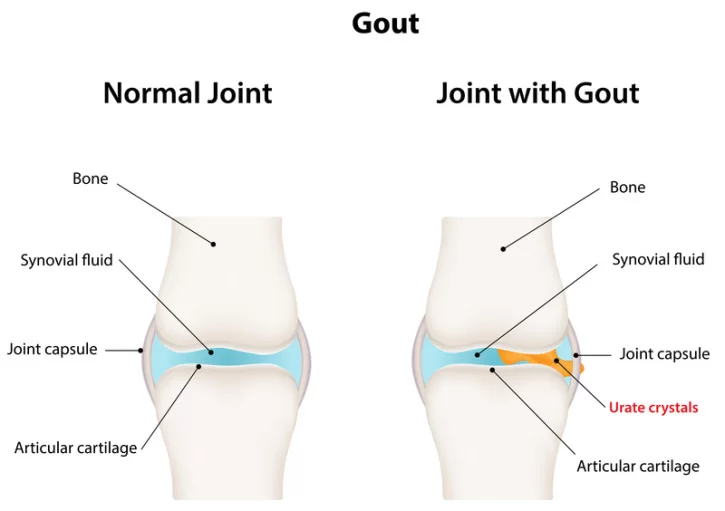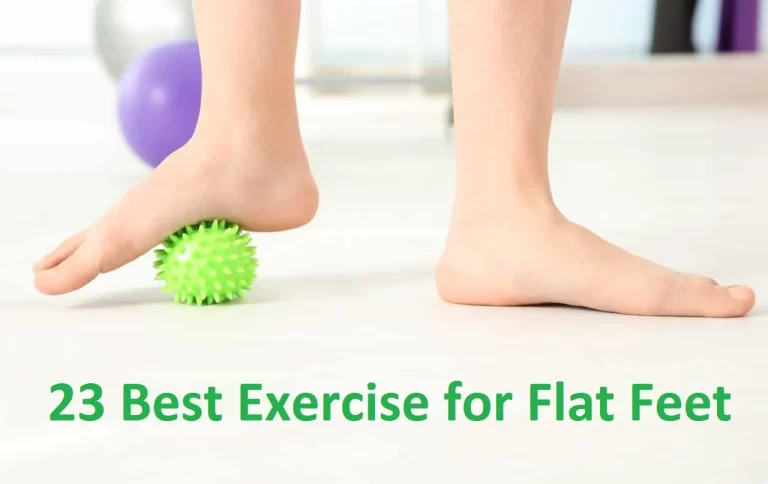Why Do Your feel Knees Pain When You Squat?
When you’re doing squats during your exercise program or you’re bending down to reach something on a bottom shelf, you may feel pain during mid-activity because squatting makes you feel knee pain.
There are many cause why squatting may have Knee pain, from a minor injury to age-related wear and tear of a chronic condition. If Knee pain is intense and unexpected when you squat, or if it has advanced from little twinges to a more dramatic, stabbing pain, consult your doctor to understand what’s causing the problem.
However, if you squat incorrectly or have any injury around the knee or existing knee-related condition, you may feel knee pain.
In this article, we discuss the causes of knee pain during squatting, how to treat it, and how to prevent knee pain.
Table of Contents
Common reasons why squatting may cause knee pain?
Incorrect squatting technique:
To squat correctly, stand with your feet shoulder-width apart, then gradually bend your knees as though you’re going to sit in a chair. Place your knees above your heels, not your toes.
Lower yourself to a comfortable level, never dropping your buttocks below knee height. To return to a standing position, press down on your heels. To maintain balance, keep your arms forward.
Runner’s knee (patellofemoral pain syndrome): it may cause the front of the kneecap pain, mainly during squatting.
Osteoarthritis of the Knee, which may cause Knee pain, joint stiffness, and swelling, makes it difficult to squat or bend comfortably.
Injury around the Knee: whether sprains, tears, or tendonitis around the knee, may make squat painful to bend the knee and squat.
Iliotibial band syndrome:
The iliotibial band (IT band) is a tissue that travels from the hip to the knee(length of the upper leg). When you bend the knee, the IT band moves to support it.
If the IT band becomes inflamed, it can rub on the outer knee and cause knee pain, especially during movements that involve the Knee joint, such as squatting. IT band syndrome mostly affects runners. If you do not stretch properly before any sports or exercise you also have a higher risk of getting this injury.
How to avoid knee pain during squatting?
However, there are a few options to modify your squat so that you can continue to do exercise or easily access things in low drawers without hurting your knee. Try these options:
Modify your Squat
Do squat with wall support:

Placing your back flat against a wall, with your feet shoulder-width apart and your heels one and a half feet from the wall. Try to keep your knees directly above your heels, not your toes. Bend back against the wall as you squat down, going as low as you can pain-free, without lowering your buttocks below knee height. Confirm that your knees are placed in line with your heels. To get back up, press off of your heels, not your toes.
Your knees may not feel pain as much if you put to reduce the weight on them when you squat down to reach for any activity at work.
How to relieve Knee pain?
To relieve Knee pain you can use the R.I.C.E Principle such as:
- Rest: Rest the knee and reduce the too much weight on it.
- Ice pack: Apply a towel-wrapped ice pack to the knee for 20 minutes at a time.
- Compression: You can use Knee Cap or bandage around the knee to help prevent swelling.
- Elevation: If possible, elevate the leg up so that the knee position is higher than the heart.
Pain relieving Medicine, Gel, or Patches, such as ibuprofen, can help relieve Knee pain and swelling.
However you should avoid exercises that are painful or try to avoid squats for a few days, gentle active movements or stretches can reduce joint stiffness and keep the joint functioning.
If you still feel knee pain during squatting or day-to-day activities after giving the knee time to heal, you should consult a doctor.
You should also be advised to do a physiotherapy treatment that helps to improve the function of the knee. In severe conditions, you also recommend surgery by Doctors. The time that it takes for the knee to repair will depend on the type of injury or condition affecting the knee.
How physiotherapy treatment can help to relieve Knee pain?
Regular knee pain-related physiotherapy treatment sessions can help you so much to relieve knee pain when you squat. The ideal treatment will complete an assessment to identify the cause of the knee pain and plan treatment accordingly.
This will helps to carry out proper treatment to relieve pain and improve mobility of tight structures and strengthen weak muscles. These exercises will depend on the individual assessment such as muscle weaknesses and affected structures for each patient.
Exercise:
Stretch tight muscle around the knee
Strengthen your knee muscle, especially your Quadriceps and Hamstrings

Hamstrings stretch: lie flat on your back and lift one leg straight in the air, taking care not to lock your knee. Place your hands around the back of the raised thigh and gently pull the leg toward yourself until you feel a gentle stretch. Hold for 10 to 30 seconds, then release and do the same with the other leg.
Quadriceps stretch: You can start with a stand while your feet shoulder-width apart. Bend your right knee so that the foot is behind you, then grab that foot with your right hand, and gradually bend the knee so that your heel tries to touch your buttocks. you feel a gentle stretch at front of your thigh, Hold for a few seconds, then release and repeat with the leg. If it’s difficult to balance on one foot, you can take support from a wall or window.
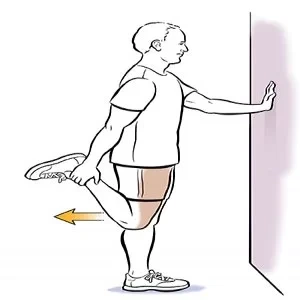
Static Quadriceps exercise (SQE)
Static quadriceps exercise is also known as isometric quadriceps exercise or SQE.
It is very good exercise for osteoarthritis of the knee joint.
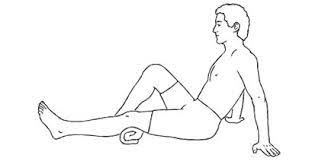
- Start with the long sitting position on a soft mat or bed with legs that are straightforward.
- Keep the toes up towards your shin, and press your knee into the bed or floor by contracting the quad. muscles. This should cause your heel to slightly off the bed. (you can also put a small towel below the knee)
- You will be able to feel the muscle contracting.
- Hold for a few seconds (5 to 10 seconds).
- Repeat 10-15 times.
- Repeat on the other leg.
- Do this exercise 2 to 3 times a day as per instructed.
Summary
If you are squatting as part of your workout or during day-to-day activities, you should confirm that they are doing it correctly, this movement helps to prevent knee pain.
It is often possible to relieve pain by using the knee cap, applying a cold pack, resting the knee or altering activity, or taking pain relieving medicine.
If you continue to feel pain in the knee during or after squatting, you should consult a doctor to make sure that there is no underlying condition causing Knee pain.

